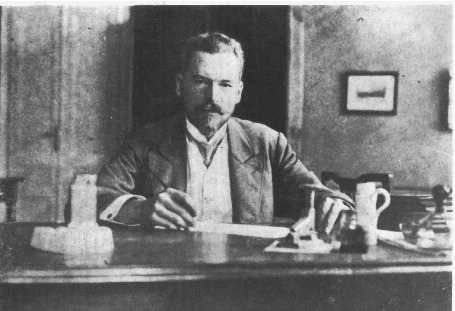Speaker
Description
Self-propelled motion on the water surface has fascinated scientists for almost two hundred years. There are many solid substances, such as camphor, camphene,
and phenanthroline, which can develop to the water surface as a molecular layer, evaporate to the air phase and continuously dissolve into the water phase. This surface layer decreases the water surface tension and this decrease is local and time-dependent. Inhomogeneities in the surface concentration, resulting from fluctuations in release and evaporation, can break the symmetry around an object and drive its motion. The mathematical description of the self-propelled motion is complex because it should include object location, generated hydrodynamic flows, and dissipation of surface-active molecules. The simplest mathematical models consider the object position together with the concentration of surface-active molecules described by a reaction-diffusion equation in which the effective diffusion coefficient includes a hydrodynamic effect. However,
there are many interesting examples of systems where the motion of a self-propelled object is strongly coupled with generated hydrodynamic flows and in such cases, the model mentioned above fails. We introduce another simple mathematical model that describes the time evolution of a self-propelled object on a liquid surface using such variables as the object location, the surface concentration of active molecules, and the hydrodynamic surface flow. The model is applied to simulate the time evolution of a rotor composed of a polygonal plate with camphor pills at its corners. We have qualitatively reproduced results of experiments, in which the inversions of rotational direction under periodic stop- and release- operations were investigated. The model correctly describes the probability of the inversion as a function of the duration of the phase when the rotor is stopped. Moreover, the model allows us to introduce the rotor asymmetry unavoidable in real experiments and study its influence on the studied phenomenon. Our numerical simulations have revealed that the probability of the inversion of rotational direction is determined by the competition among the transport of the camphor molecules by the flow, the intrinsic asymmetry of the rotor, and the noise amplitude.

